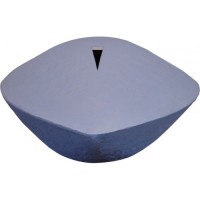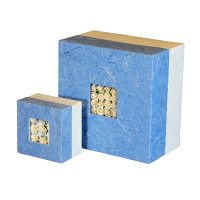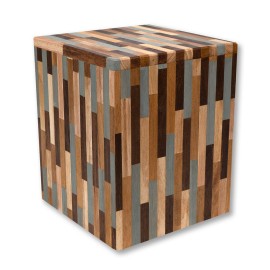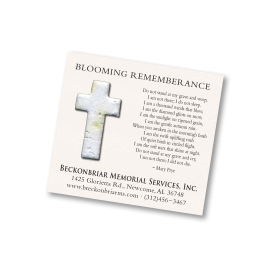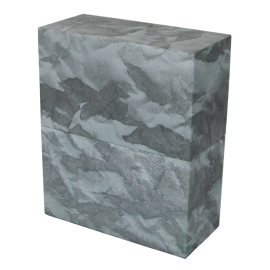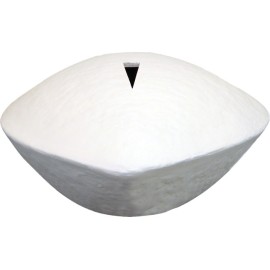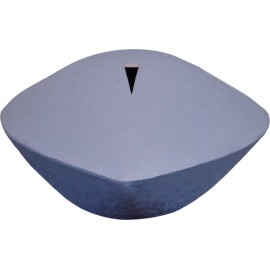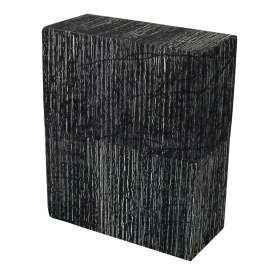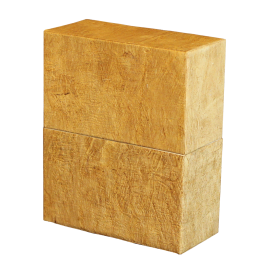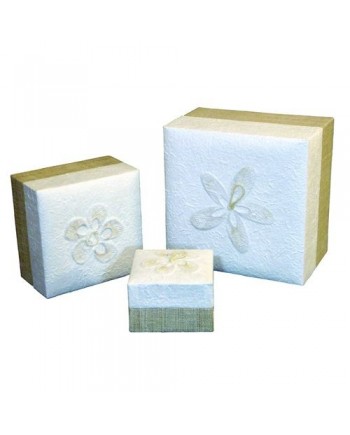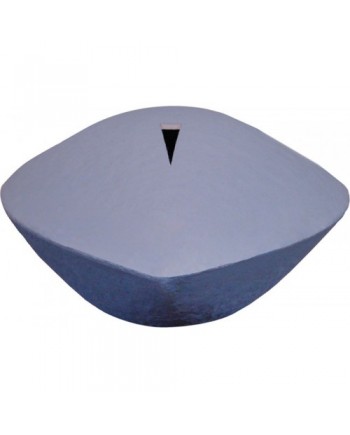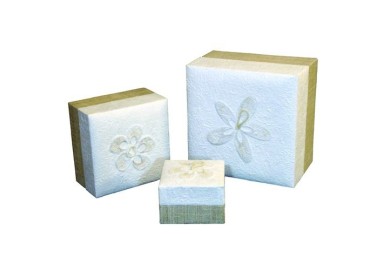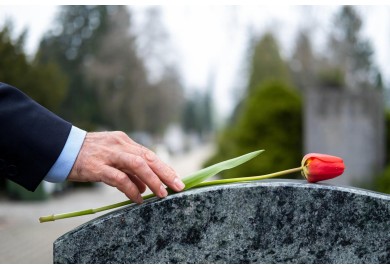-
CONTACT US 24/7
~ Toll free 866.946.0030
Best Price Guarantee ~ 30 Day Money back Guarantee. -
FREE GROUND SHIPPING
within the contiguous U.S. ~ Shipments usually processed within 24 hours of purchase.
-
Flat-Rate for 2nd Day ($35)
Standard Overnight deliveries ($60)(Casket, Shroud and Carrier Expedited Rates Additional)
Please call for all International shipments
GREEN BURIALS - Biodegradable Urn, Casket, Coffins and Burial Shroud
GREENBURIALS.com is the hub of all natural and biodegradable urns, caskets, coffins and burial shrouds. As a Seller of Green and Natural Burial Cremation Urns that adhere to the Green Burial Council standards and best practice methods. We offer the best, most sustainable solutions to those seeking eco-friendly funeral options, including scattering solutions, biodegradable urns, eco-friendly caskets, and dignified cremation containers. We also have collection of other biodegradable cremation & memorial products include jewelry, Eco-Friendly Stationery, and Pet specific urns.
All Cremation Urns come with the added distinction of being airport security x-ray approved to pass through in carry-on luggage.
Our urns are TSA (Transportation Security Administration) approved and have earned the highest "THREE LEAF" rating by the Green Burial Council Standards/Eco-Rating System for Products.
We have the pleasure of servicing numerous families and commercial enterprise,repeat customers .
Top Categories
Best Sellers
- All Product
- Biodegradable Caskets & Coffins
- Earth Burial Urns
- Eco Stationery
- Water Cremation Urns
Latest
- All Product
- Memento Recycled Paper - ..
- Paper Turtles Adult Urn
- Paper Turtles Child
- Simplicity Earth Urns
Memento White Paper Water Urn
Memento Coral Paper Water Urn
Memento Blue Paper Water Urn
Simplicity Earth Urn Slate-Grey
Simplicity Earth Urn Floral
Adult Size Paper Turtle
Reviews
If you have a family member or friend that has expressed interest in an environmentally friendly funeral, and requires a fully certified, bio-degradable casket, I urge you to contact Darius at GreenBurials.com. After a close family member recently passed away, we were told by the funeral home that it would take 4 or more days to obtain a bio-degradable bamboo casket.
If you have a family member or friend that has expressed interest in an environmentally friendly funeral, and requires a fully certified, bio-degradable casket, I urge you to contact Darius at GreenBurials.com. After a close family member recently passed away, we were told by the funeral home that it would take 4 or more days to obtain a bio-degradable bamboo casket. Later that evening, I searched the internet to see if there were other options for a quicker delivery. I truly believe that God directed me to GreenBurials.com and to Darius. Believe me when I tell you that Darius is an Angel from heaven. He is caring, compassionate, and most of all, he delivers phenominal customer service. I first talked to Darius the evening my family member passed away. The very next evening, he had a beautiful casket waiting at our city’s airport.
Darius proactively stayed in contact with us throughout the process. He explained the options available for the casket, took the order over the phone, communicated the freight location at the local airport, called the next morning to ensure that we received the casket and that everything was OK. I cannot emphasize enough how appreciative our family is of GreenBurials.com and Darius’ compassionate and efficient attention.
February 1, 2019





